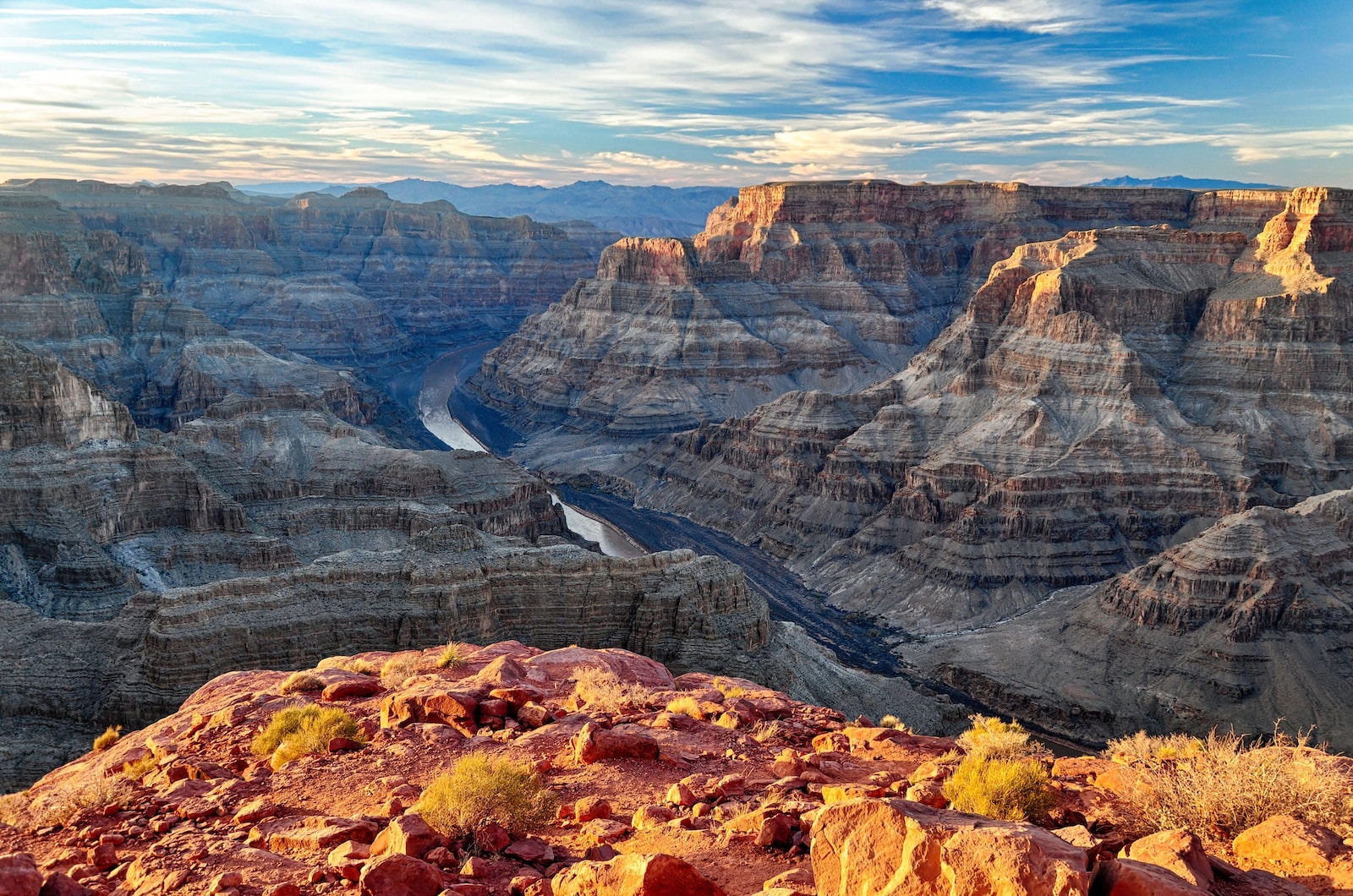Table of Contents
ToggleIntroduction:
The White House has recently announced the designation of nearly one million acres of public land adjacent to the Grand Canyon as the country’s newest national monument. This decision not only honors the rich tribal history of the region but also works towards protecting vital habitats and preventing new uranium mining projects. In this article, we delve into the significance of this new national monument, highlighting its ecological importance, the efforts of Indigenous tribes, and the positive impact on conservation efforts.
Preserving Indigenous Homelands and Heritage:
The designation of the new national monument is the culmination of a lobbying effort by a dozen tribes with historical ties to the region. The site will be known as Baaj Nwaavjo I’tah Kukveni Grand Canyon National Monument, translating to the Ancestral Footprints of the Grand Canyon National Monument. The name reflects the deep ancestral and cultural connections that Indigenous peoples have with these lands. This monument status acknowledges the historical injustices faced by tribes, such as the Havasupai people who were driven out from their lands after the establishment of Grand Canyon National Park. The protection of sacred sites, including Red Butte, is of paramount importance to these tribes, preserving their cultural heritage and preventing further harm to the environment.
Conserving Critical Habitats:
The new national monument encompasses natural habitats that are crucial for the survival of various species. It serves as a refuge for the critically endangered California condor, providing a safe haven for its population. Additionally, the area acts as an important watershed for the Colorado River, supplying water to millions of Americans. The desert bighorn sheep, the threatened western yellow-billowed cuckoo, and the endangered southwestern willow flycatcher are among the species that call this region home. By designating this land as a national monument, these habitats and the species that rely on them will receive enhanced protection, ensuring their long-term survival.
Preventing Uranium Mining and Environmental Risks:
One of the key benefits of establishing the national monument is the prevention of new uranium mining projects. The area has a legacy of uranium mining, which has had severe health repercussions on Native communities and contaminated groundwater sources. By imposing a moratorium on new mining operations, the national monument safeguards the health and safety of both the environment and nearby communities. While existing mining claims predating the moratorium will remain in place, the overall impact of mining on cultural, archaeological, and ceremonial lands will be minimized.
Positive Impacts and Future Collaboration:
The designation of this new national monument showcases President Joe Biden’s dedication to Indigenous peoples and their ancestral homelands. Interior Secretary Deb Haaland, the first Native American cabinet secretary, emphasizes the significance of protecting these sacred places, acknowledging their value beyond being a mere pass-through on the way to the Grand Canyon. The establishment of a tribal commission will ensure the involvement of relevant tribes in the development and implementation of the monument’s management plan, fostering a strong partnership between the U.S. government and tribal nations in preserving these lands.
Grand Canyon Skywalk
The Grand Canyon Skywalk is a glass-covered cantilever bridge that spans the Grand Canyon West section of the main canyon near Eagle Point, Arizona, not far from the Colorado River. It was established as a tourist destination in 2007 and is situated outside of the Grand Canyon National Park.
Conclusion:
The designation of nearly one million acres near the Grand Canyon as a new national monument marks a significant milestone in the preservation of tribal history, critical habitats, and the prevention of uranium mining. This decision acknowledges the deep ancestral ties that Indigenous peoples have with these lands and represents a step towards rectifying past injustices. By protecting these areas, we ensure the survival of endangered species, safeguard water sources, and contribute to the overall conservation efforts in the region. The national monument stands as a testament to the importance of collaboration, preservation, and respect for the environment and cultural heritage.







